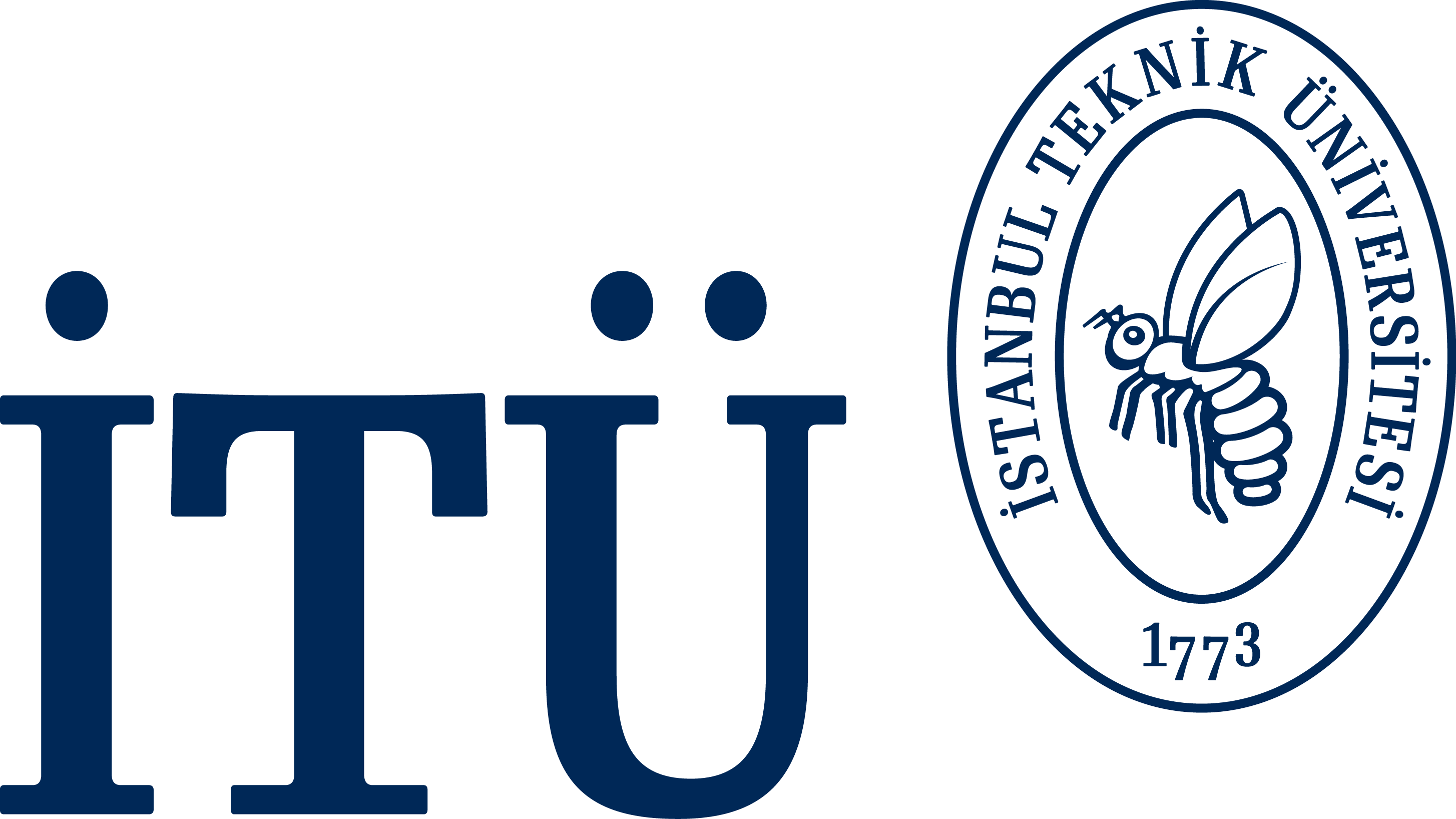
|
DERS PROGRAMI FORMU
|
Son Güncelleme (Last Update)
25.02.2022
|
| Dersin Adı: Veri Bilimine Giriş | Course Name: Introduction to Data Science |
| Kod (Code) |
Yarıyıl (Semester) |
Kredi (Local Credits) |
AKTS Kredi (ECTS Credits) |
Ders Uygulaması, Saat/Hafta (Course Implementation, Hours/Week) |
||
| Ders (Theoretical) |
Uygulama (Tutorial) |
Laboratuvar (Laboratory) |
||||
| MAT 381/E | 6,7,8 | 3 | 6 | 3 | 0 | 0 |
| Bölüm / Program (Department / Program) |
Matematik / Matematik Mühendisliği
(Mathematics / Mathematical Engineering) |
||
| Dersin Türü (Course Type) |
Seçmeli
(Elective) |
Dersin Dili (Course Language) |
İngilizce
(English) |
| Dersin Ön Koşulları (Course Prerequisites) |
MAT116 / MAT116 - E min DD | ||
| Dersin Mesleki Bileşene Katkısı, % (Course Category by Content, %) |
Temel Bilim ve Matematik (Basic Sciences and Math) |
Temel Mühendislik (Engineering Science) |
Mühendislik / Mimarlık Tasarım (Engineering / Architecture Design) |
Genel Eğitim (General Education) |
| 100 | - | - | - |
| Dersin Tanımı (Course Description) |
Veri Biliminin Temelleri. Veri Bilimi Hesapsal Araçları. Veri Görselleştirme. İnternetten Veri Kazıma. Sosyal Ağ Verisi. Veri Olarak Metin. Metin Madenciliği. Ağ Analizi ve Görselleştirilmesi. Coğrafi Bilgi Sistemi. Mekan ve Kent Verisinin Görselleştirilmesi. Etkileşimli Veri Görselleştirme. İlişkili Veri Tabanları. |
| Foundations of Data Science. Data Science Computational Tools. Data Visualization. Data Scraping from Web. Social Network Data. Text as data, Text mining, Network Analysis and Visualization. Geographic Information System. Visualization of Spatial and Urban Data. Interactive Data Visualization. Relational Databases. | |
| Dersin Amacı (Course Objectives) |
|
|
|
| Dersin Öğrenme Çıktıları (Course Learning Outcomes) |
Bu dersi tamamlayan öğrenciler aşağıdaki becerileri elde eder:
|
Students completing this course will be able to:
|